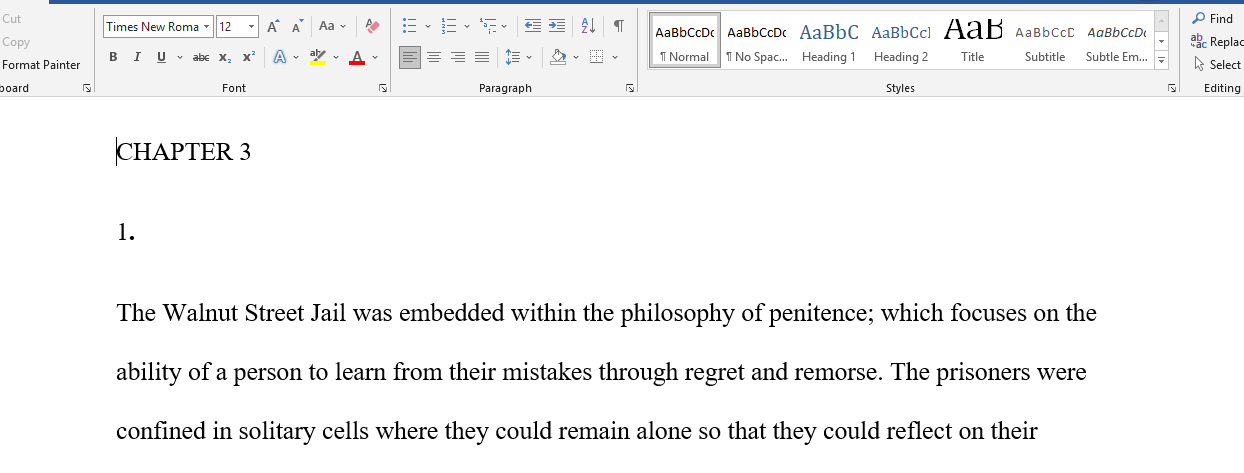Answer the following questions on early prisons and ethics
CHAPTER 3
1. Of the major philosophies presented in chapter 3, which philosophy was embedded within the Walnut Street Jail and why was this so significant at this time?
2. Which of the early prisons was built mainly to hold inmates in complete solitary confinement, with no labor, for the full span of their sentence? Describe that prison system and how it operated.
3. Which institutions utilized the separate system and what were the major strengths and weaknesses of that type of system?
Which institutions utilized the congregate system and what were the major strengths and weaknesses of that system?
Which of these two would you say is more comparable to the current systems. Explain why.
CHAPTER 4
4. Explain what deontological and teleological approaches to ethics are. Which one do you believe in?
5. According to chapter 4, what are the key items required/needed to prevent ETHICAL ABUSE? List and then briefly explain each.
6. In your own words, compare and contrast an ethics of care framework and an egoism framework.
7. There are 12 practices presented in Chapter 4 that prevent unethical behavior. List all 12 practices and then expand on FOUR (4) of those practices that you believe to be the most useful. Explain why.
8. For this question you will click on link below and select any 2 of the articles highlighting the police corruption in the United States. Then, summarize in your own words the major abuse or type of corruption (why officer behaved unethically) described in the article and how you believe such corruption can be prevented in the future.
Answer preview for Answer the following questions on early prisons and ethics
Access the full answer containing 957 words by clicking the below purchase button

